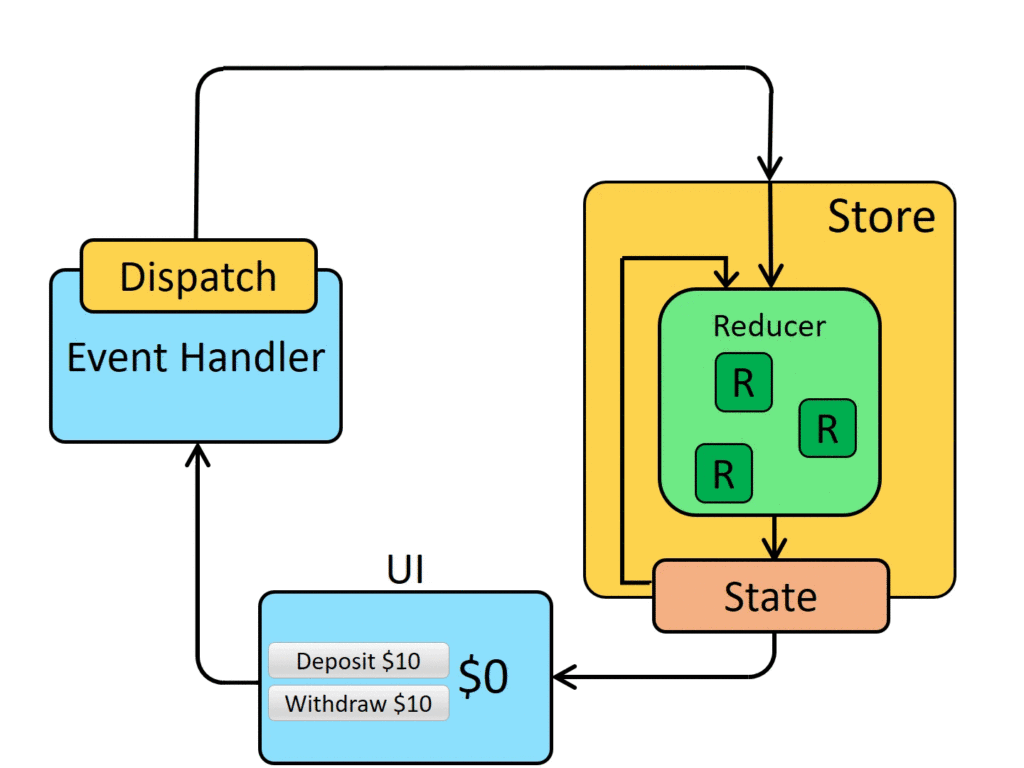When you work with Angular for quite some time, you realize that you implement similar services repeatedly. Most likely, you end up with services with BehaviorSubjects to store some data, and you have components that subscribe to these subjects exposed as read-only Observables.
If you’re not at that point yet, I suggest you stop reading this article and get into the above architecture pattern first. This is a good reading about what I call “progressive state management,” where you get into state management little by little. Start there.
Once comfortable with the above, you might start thinking about NgRx, NgXs, or other state management libraries.
Why state management?
The main goal of a state management library is to define a single way to handle data in your application. Instead of having your application data in multiple different services, all your data will belong in a single, massive object called state. That state has to follow several rules and cannot be updated directly.
State management is all about rules and conventions created by the ancestor of all state management libraries: Redux. All modern libraries use similar concepts and vocabulary.
Here are the three core principles of Redux:
- Single source of truth: The app’s state is stored in a single object tree within a single store. In Angular applications, that store is usually a service that can be injected anywhere we want.
- The state is read-only: The only way to change the state is to emit an action, an object describing what happened and how we want to change our state.
- State changes are made with pure functions called reducers. These functions take the previous state, an action, and return the next state. They return new state objects instead of mutating the previous state.
Visually, a typical Redux application works like this: A user interaction triggers an action that updates the global state using a reducer, and then components receive state updates to render the new data:

I know what you’re thinking at that point: That’s a lot of definitions and vocabulary. But this is what all state management libraries give us, so there’s no way around it. For instance, here are the links to these concepts in 3 different state management libraries:
- NgRx: State (notice how that class extends
BehaviorSubject) – Action – Reducer. - NgXs: State – Action – Reducer (note that NgXs does not mention reducers directly and tries to simplify how they work, which is one of the reasons why it’s my state management library of choice)
- Redux: State – Action – Reducer
We’ll dive into these topics in more detail with a series of posts in the next few days/weeks.